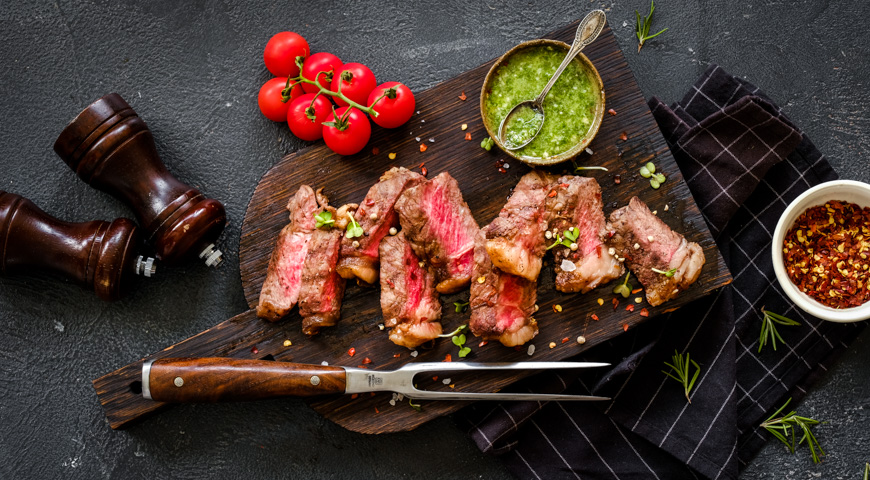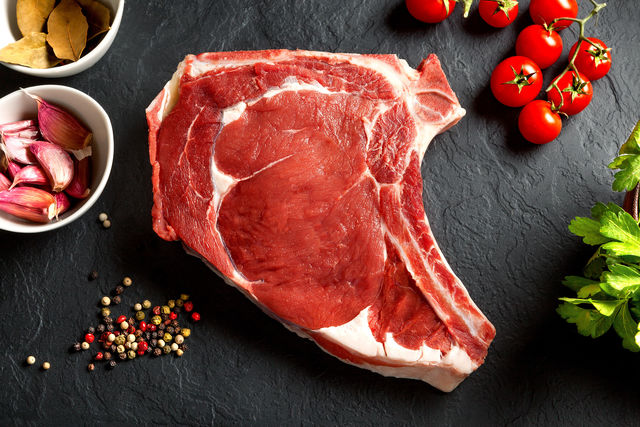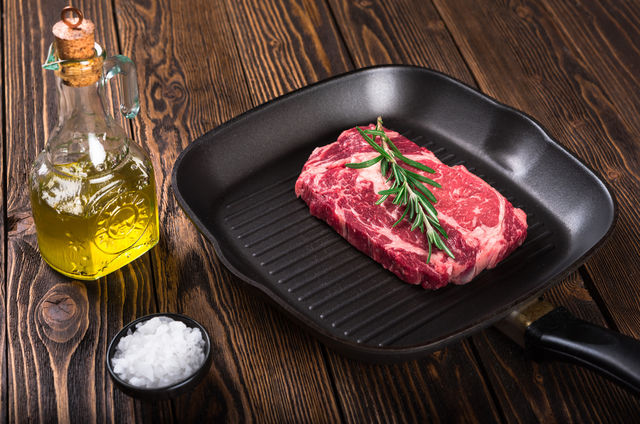When buying meat for a steak, some do not risk taking cuts on the bone. Some consider the bone to be overweight, while others do not know how to grill steaks on the bone. Today we will dispel all doubts and tell you about the benefits of steaks on the bone and the intricacies of their preparation so that your dish will be delicious from the first try.

- Tip # 1: choose the right meat. For steaks, it is better to buy marbled beef. It has a large number of small layers of fat, which give the meat a special softness. Moreover, such beef undergoes a dry or wet fermentation process, due to which the steaks on the bone are fried quite quickly. The meat acquires a richer taste and aroma.
- Tip # 2: Choose the right thickness for your steaks. This is a very important point, because if the piece is thin, then the meat will dry out during frying, and the bone may be raw. Therefore, buy a cut with a thickness of at least 4-4.5 cm. And if it has a side layer of fat, do not cut it off, it will give juiciness.
- Tip # 3: Grill it right. To cook meat properly, you need to create two heating zones. In the direct heat zone, a crust is applied, and in the indirect heat zone, the steak is brought to readiness. But for steaks on the bone, cooking begins in the cold zone. The meat is heated on it and then transferred to the direct heating zone for frying.
- Tip # 4: Consider the characteristics of the bone steaks. For example, there are two types of meat in Tibon steak: striploin and tenderloin with a smooth, fine-grained structure. Place the Tibon steak on the grill so that the Striploin is in a hotter area than the tenderloin. Cook until low to medium cooking.
- Tip # 5: Use a meat thermometer. It is especially needed for frying bone steaks. Unlike boneless steaks, meat on the bone takes a little longer to cook. First, the bone picks up the temperature on itself and then gives it back. For this reason, it can be difficult to determine the degree of roasting by eye, and the thermometer makes it possible to control the entire process. To measure the temperature correctly, place the thermometer in the pulp near the bone.
- Tip # 6: Measure the doneness. Grill the boneless steaks until lightly cooked at 53-54 ° C, or medium at 57-58 ° C. Such roasting will preserve the juiciness of the meat. But, if you are cooking a large cut with good marbling, grill it to an internal temperature of 60-63 degrees to melt the fat as much as possible.



